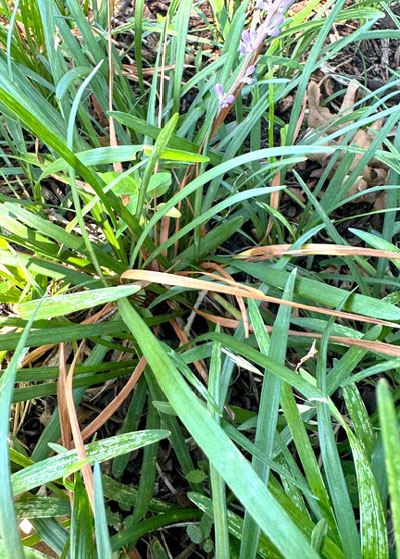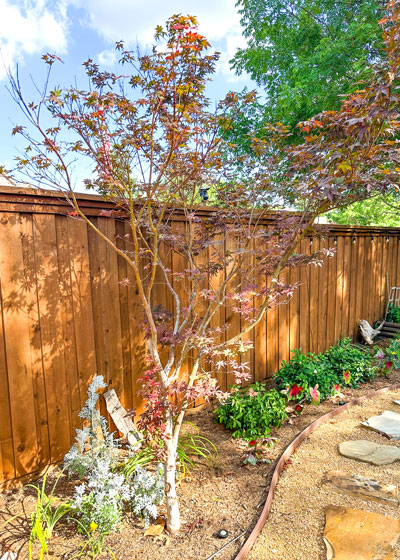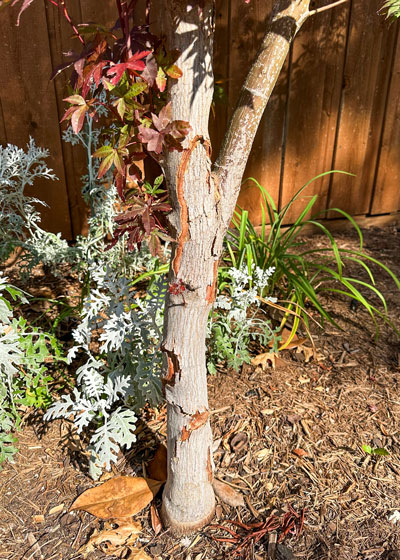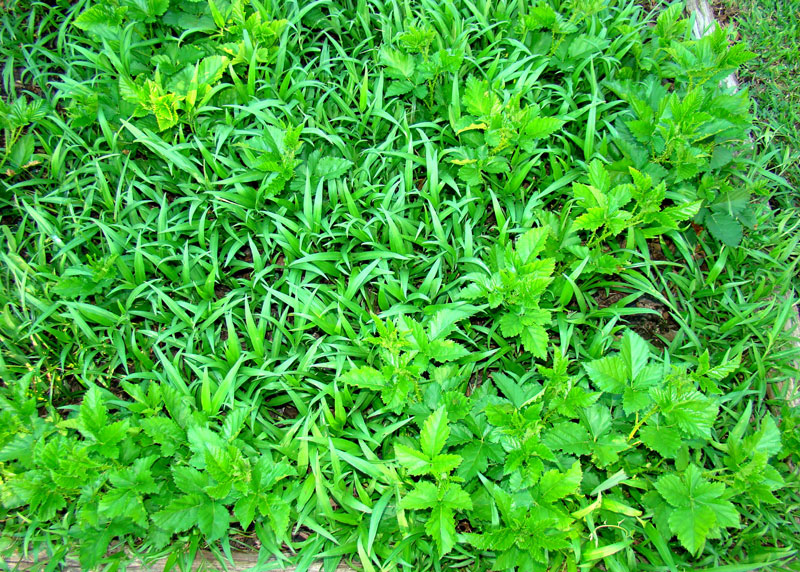Q&A – Ask Neil: July 4, 2024
(Please read these instructions carefully.)
Before you post your question, please look at recent issues to see if someone else has already asked it. You might find your answer there.
How to submit your question…
(Note: You may need to allow a pop-up window to come up in order to get the link for sending your photo(s). If you have already submitted your question and didn’t see the pop-up window, please click here.)
• Click the link provided below to post your question. After you submit your question, a new window will pop up giving you the address to which you can e-mail a SHARP, HIGH-RESOLUTION PHOTO to accompany your question. Please DO NOT SEND THUMBNAIL PHOTOS in case I need to zoom in to see things.
• Click here to post your question.
• Please ONLY POST YOUR QUESTION ONE TIME. We can only accept a set number of questions each week, and when we get duplicates it costs other people their chances.
• One question per reader, please.
• Please use this only for posting questions – not for standard emails.
• Watch for your answer in the following week’s e-gardens.
• I choose those of greatest general interest. For example, plant IDs seldom make the cut.
• I must have your first name or initials.
• I must have your city or county. (Texas is a very large state.)
QUESTION 1
WHAT PLANTS WOULD BE GOOD FOR A WEST-FACING LANDSCAPE, AND WHY ARE WEEDS GROWING THROUGH THE LANDSCAPE FABRIC?
Question: Our west-facing landscape needs new plants. Our contractor installed landscape fabric and decomposed granite (which appears to be holding heat). What plants would you recommend? Why are sedges, bermuda, and crabgrass growing through the fabric? What can we do? Karen R., Cooke County.
Answer: That’s a gigantic set of questions. As for some of the best plants for a west-facing landscape, you could certainly include many hollies (dwarf yaupon, dwarf Burford, dwarf Chinese, Willowleaf, and Nellie R. Stevens as just a few). Regular yaupon, weeping yaupon, and Warren’s Red possumhaw hollies would all be good as accents. Junipers such as Tam and Sea Green might be appropriate, as would most nandinas. Abelias are good, although the variegated types don’t handle full, hot sun as well. Crape myrtles would be great, but they should be used for special accents in front of evergreens since they’re bare half of the year. Choose a variety that grows to the height and width you have available. Do your homework before you buy.
I’m not a huge fan of decomposed granite. In paths it ends up eroding, and weeds can grow through it. Soil will accumulate in and on it, and that’s when weeds will grow in the combination. It sounds like your landscape fabric must have some tears or open seams where there are overlaps. It really sounds like it’s time for a major re-do this fall. I would not use landscape fabric. I would rototill 4 or 5 inches of organic matter and then mulch with pine bark mulch to protect against the weeds. Kill existing weeds first with a glyphosate herbicide (no other active ingredients included with it). The original Image for nutsedge control will be a good starting point before you start to stir everything up.
QUESTION 2
WHAT PLANTS OR VINES CAN I PLANT TO HELP MY BEES PRODUCE MORE HONEY?
Question: I live in a rural area with lots of row crop farming (Hill County). What plants or vines can I plant on my 60 acres that will help them produce more honey? It’s been tough the past three years, and I’m having to feed them regularly. Mark W., Brandon (Hill County).
Answer: First things first, I would check with your Hill County office of the Texas AgriLife Extension Service of Texas A&M. They will be able to put you in contact with an Extension entomologist serving your area, also with local members of the closest beekeepers association. I have always found those folks to be incredibly helpful – wonderful resources.
Here are some great links I found for you online:
• An excellent compilation of outstanding plants for your locale:
• A great year ‘round calendar of tasks for beekeepers.
• A downloadable list of plants for Texas.
• A list from the Austin area beekeepers:
Note: In all honesty, there are a dozen or more other lists that showed up on my Web search. I don’t think you’ll have any trouble finding a great list of plant options. I’d suggest printing them out, cross-referencing them, and choosing those plants that show up the most times.
QUESTION 3
HOW DO I STOP THIS WEED IN MY BLACKBERRY BEDS? IT IS TAKING OVER.
Question: For many years we have had good results growing blackberries. However, now the area is being invaded by weed grasses. How do I stop this weed? It is taking over my blackberry beds. David G., Grand Prairie.
Answer: You could carefully kill the invading weed by spot-treating with a glyphosate-only herbicide. You would have to cover your blackberry plants to keep overspray from hitting them. You might cut the top off 2-liter soft drink bottles and push them over each plant. Spray in late evening, but even then, remove the bottles fairly quickly so the plants don’t overheat. I would suggest a trigger bottle for the task.
However, my greater concern is why the blackberry plants are so small here in early July. They should be 3 or 4 ft. tall and very vigorous. Maybe you cut everything back to the ground after harvest – old canes, new canes, and all. That might make me wonder if it’s time to start new beds in “clean” ground somewhere else in your landscape.
QUESTION 4
WHAT IS KILLING MY LIRIOPE?
Question: For the past couple of years my liriope has been slowly dying off. A plant will die right in the middle of a healthy group of plants. I’ve sprayed for insects, but I’ve seen none. What is causing this? Sherri T., Grapevine.

Answer: This is not caused by insects, but instead by a soil-borne fungus. I’ve suffered the same issues myself. Mine was on Silvery Sunproof liriope, and it showed up first at the lower part of a sloped bed. Sure enough, that was where the excess moisture was draining. That’s probably what’s happening with your plants after all the rain we had in late spring this year.
This publication from L.S.U. is the best write-up I have seen on the disease. It will give you good guidance.
QUESTION 5
WHAT IS WRONG WITH MY BLOODGOOD JAPANESE MAPLE?
Question: My Bloodgood Japanese maple is not as pretty as in other years. The bark is breaking along the trunk starting from the bottom of the trunk and going up some of the main branches. Could it be suffering from previous years’ freezes? Barbara O., Plano.


Answer: It appears from your distant photo that your tree is in a great deal of sunlight. Japanese maples in Texas, especially once you get out of the Piney Woods, must have shade. I have 12 or 15 Bloodgoods in our landscape, also in Collin County, and none of them receives any direct sunlight. The bark splitting and sloughing is due to sunscald. Japanese maples are completely winter hardy. The cold from any of the past three winters would not have had any impact at all on them.
QUESTION 6
WHAT ARE THE WHITE SPECKS ALL OVER MY CRAPE MYRTLE?
Question: What are the white specks all over the trunks of my crape myrtle? Its leaves are all turning black. Chris and Diane B., Arlington.
Answer: That is crape myrtle bark scale. It’s an insect that came from China and was first observed in the U.S. in Richardson, Texas, in 2004. It is annoying but not especially harmful to the plants. The scale insects exude a sticky residue called honeydew that drips to leaf and stem surfaces below (also to hard surfaces). A black sooty mold then grows in the honeydew. The only harm done is the shading caused by the mold. To eliminate the mold, you must prevent or eliminate the scale insects. Prevention by drenching the soil in mid-May with Imidacloprid is the best alternative currently. It has been observed that predatory insects such as the twice-stabbed lady bird beetle do a very effective job in stopping the scales, but it takes them a while to build up their numbers. I’ve also noticed that this scale seems to be more prevalent in years with very wet late springs/early summers.
Here is the more detailed write-up from the pages of our Crape Myrtle Trails of McKinney website. Scroll down for the information on crape myrtle bark scale.
QUESTION 7
HOW DO I KEEP MULCH IN MY SHRUB AND FLOWER BEDS FROM PILING UP OVER THE YEARS?
Question: How do I keep mulch in my shrub and flower beds from piling up year after year? I add more each year, but it becomes so compacted that I can’t turn it easily. I try to keep my layer 1-1/2 inches deep.
Answer: It takes moisture and oxygen to get organic matter to break down. When it packs tightly it becomes impenetrable to both. There are special tools that look like blends of a rake, a hoe, and a claw that allow you to break through the layer and break it into chunks so that you actually can get a mini-tiller or hoe head into the plot to finish breaking it all up. You don’t have to pulverize it completely – just enough that you can get it to absorb water and fertilizer. The final step is to spread your new mulch.

